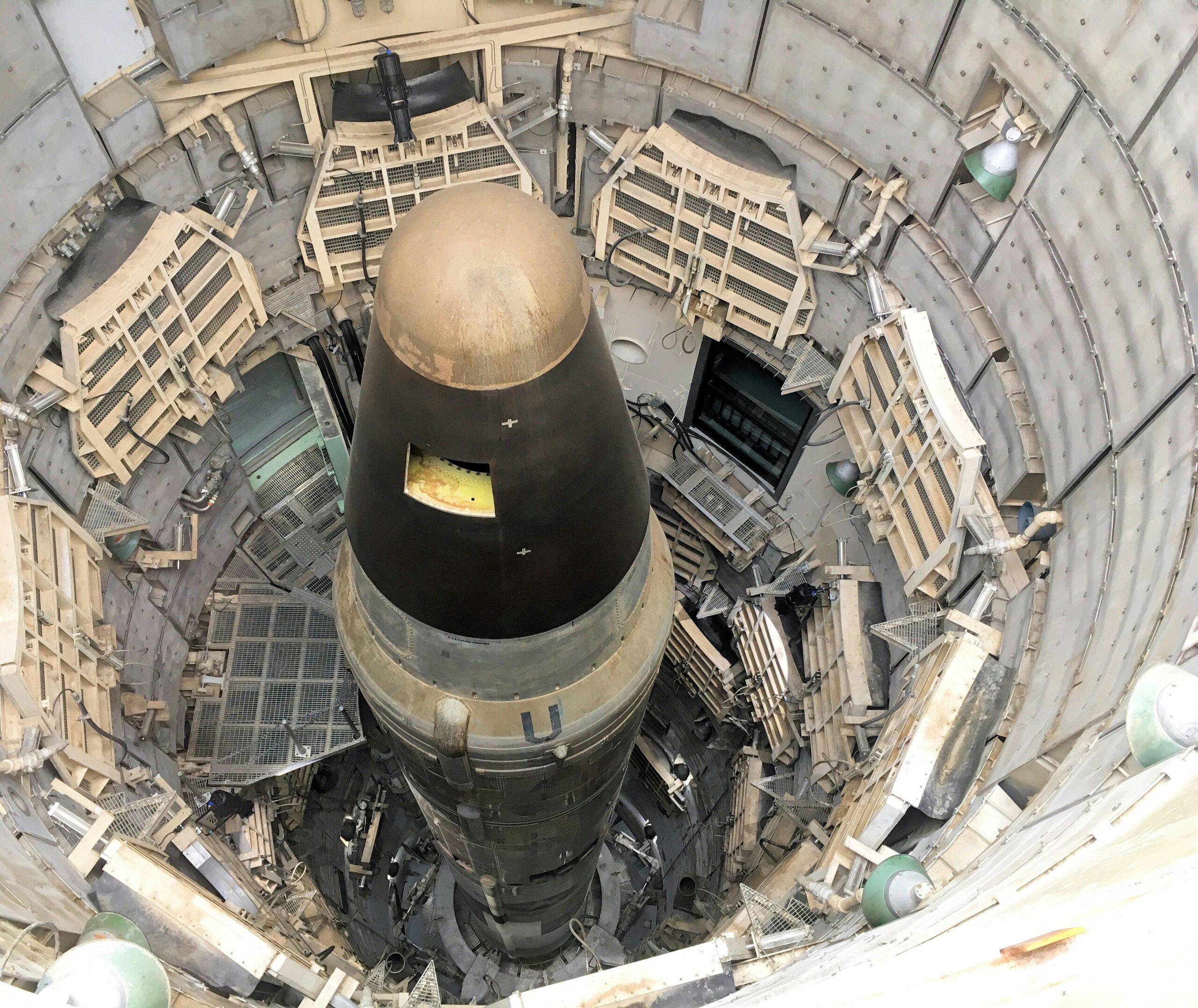
In an alarming analysis, Hind Hassan highlights the emerging threat of a renewed nuclear arms race, spotlighting the role of major corporations in this dangerous escalation and the profound risks it entails. This development comes as the world marks 80 years since the catastrophic bombings of Hiroshima and Nagasaki, the only instances of nuclear weapons used in conflict.
Historical Context and Current Developments
The specter of nuclear conflict, which last loomed large during the Cold War, has once again risen to the forefront of global security concerns. The primary nuclear powers, the United States and Russia, have seen tensions escalate to levels reminiscent of the Cold War’s most fraught periods. Both nations are not only upgrading their nuclear arsenals but have also made unsettling references to potential use, signaling a chilling readiness to reengage in nuclear brinkmanship.
Adding to the complexity is China’s rapidly expanding nuclear capability. Historically considered a minor player in nuclear terms, China is now accelerating its arsenal expansion, positioning itself as a formidable participant in what could become a tripartite nuclear arms race.
The Role of Corporations in the Nuclear Buildup
Integral to this new era of nuclear competition are the corporations that develop and manufacture nuclear technology. These entities are at the heart of the arms race, providing the tools that could potentially fuel a catastrophic conflict. The involvement of these companies highlights the intersection of business interests with national security, raising ethical questions about the proliferation of such destructive technologies.
Implications for Global Security
The potential for a new nuclear arms race carries with it grave implications for global security. The lessons of Hiroshima and Nagasaki are poignant reminders of the devastating human and environmental consequences of nuclear warfare. With more countries potentially entering the fray, the risk of miscalculation or accidental conflict increases, potentially leading to consequences that are difficult to contain or reverse.
The current geopolitical climate, with its complex interplay of military power, national interests, and corporate profiteering, sets the stage for a potentially dangerous nuclear future. As these powers escalate their nuclear capabilities, the international community faces the challenge of responding to this growing threat in a way that promotes peace and deters the use of nuclear weapons.
Looking Ahead
The global community must consider robust diplomatic efforts and treaties aimed at nuclear disarmament to avert a slide into a more dangerous world. The involvement of multiple nations in nuclear armament complicates these efforts but also underscores the necessity of comprehensive, multilateral approaches to nuclear de-escalation and disarmament.
As Hind Hassan’s analysis suggests, the echoes of Hiroshima and Nagasaki are a stark warning of the urgent need for renewed focus on peace and stability in an increasingly uncertain world.